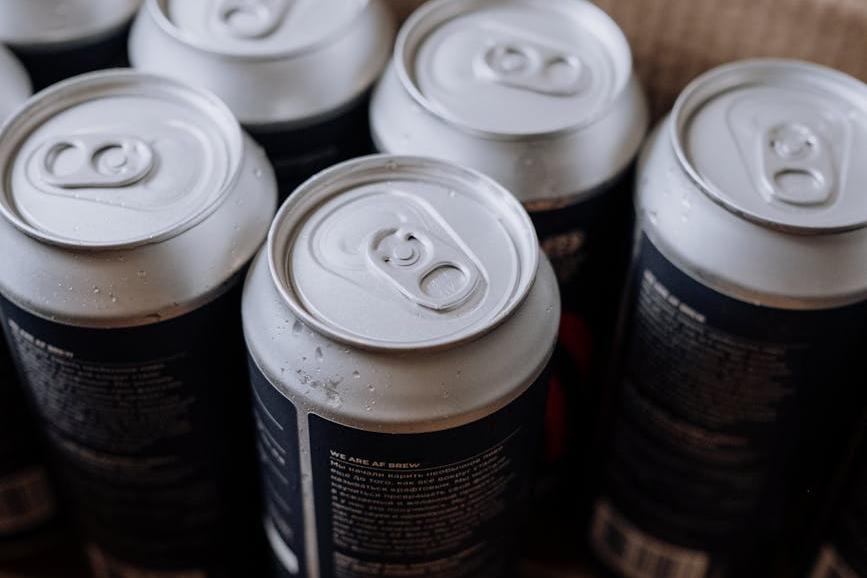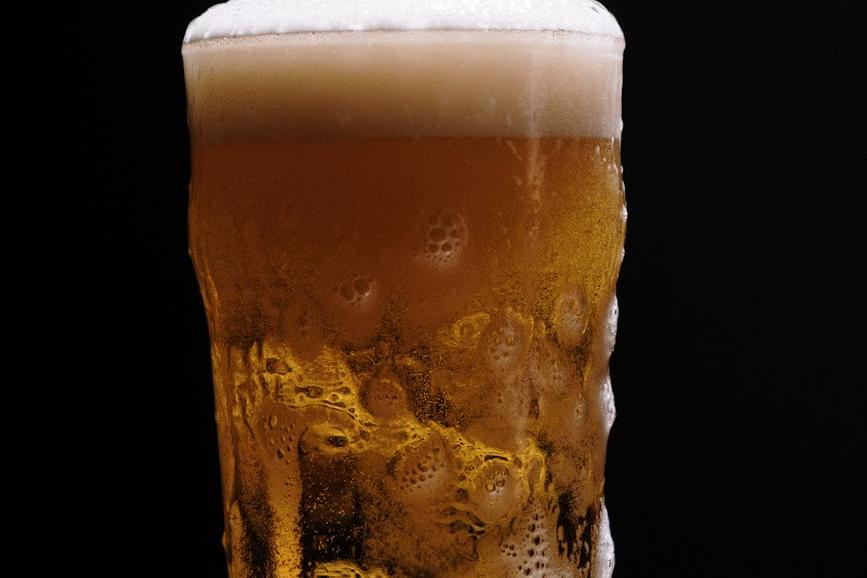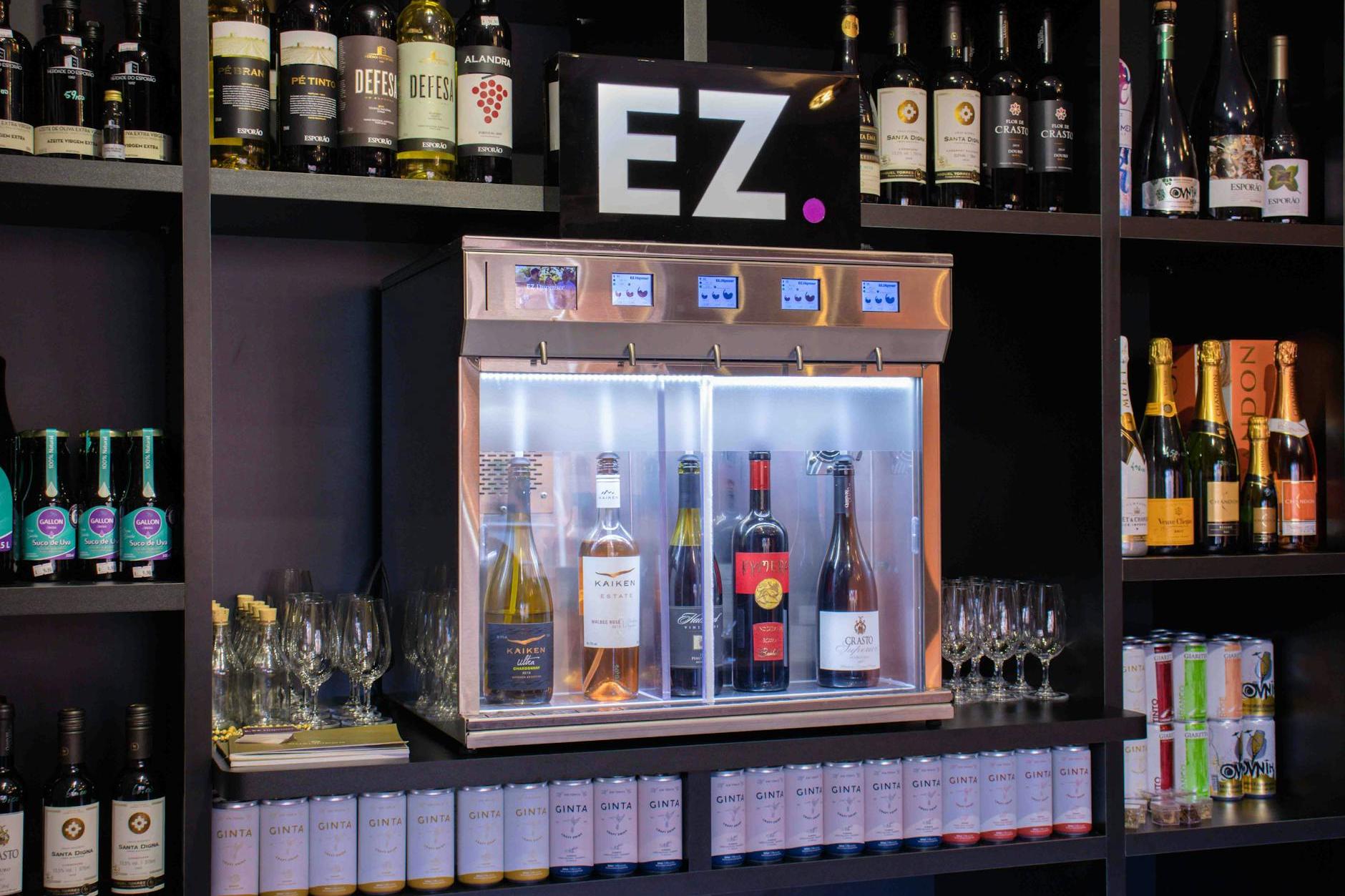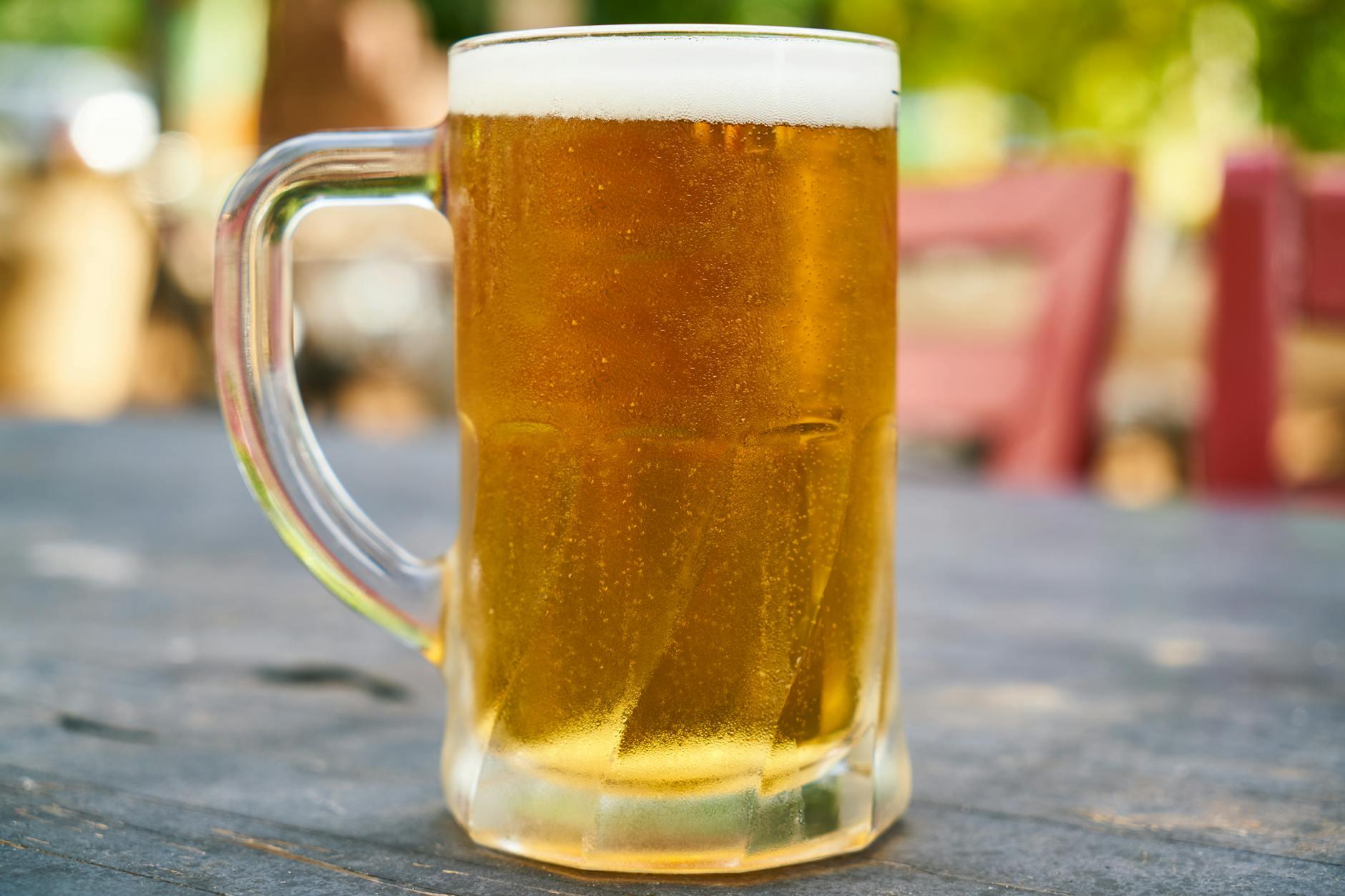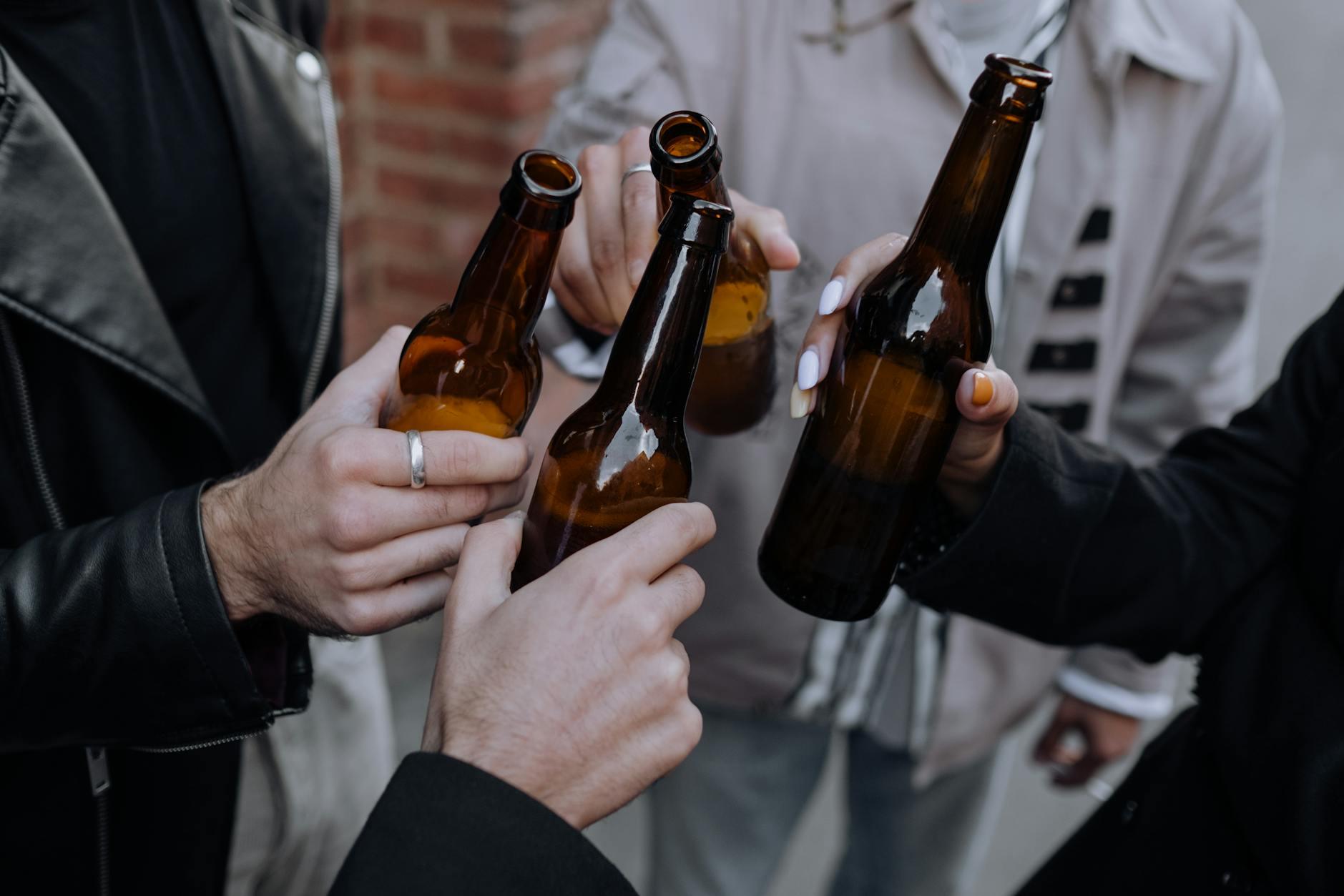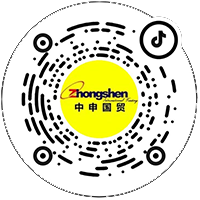- 20 Years of Expertise in Import & Export Solutions
- +86 139 1787 2118
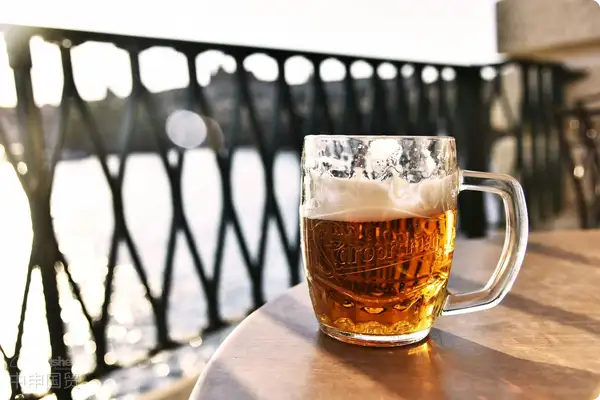
I. Sweet traps in the product selection stage
Last year, a client came to me for consultation with a letter of intent to cooperate with a century-old German brewery, but got stuck on the seemingly simple issue of alcohol content. The domestic classification standard for beer is a malt concentration ≥ 5°P and an alcohol content ≤ 8%vol. The limited edition dark beer he chose happened to be 8.2%vol. This 0.2% difference caused the product to be classified as a distilled spirit, and the comprehensive import tax rate was directly increased by 12%. This case tells us:
- Parameter complianceis more important than brand story
- Obtain in advanceOriginal factory test reportVerify physicochemical indicators
- Pay attention toSpecial packaging specifications(e.g., 5L kegs require separate filing)
II. Three hurdles in qualification preparation
When a new craft beer brand was entering the Chinese market, due to not having an automatic import license (involving non-retail packaging), a full container of goods was detained at the port for 28 days. The list of essential qualifications for importing beer:
- Basic documents of the operating unit
- Food Circulation Permit (now Food Business Permit)
- ?Import/export?customs declaration rights registration
- Product access documents
- ?Certificate of Origin?(must include hop origin information)
- Health Certificate (issued by the exporting country's official body)
| Transportation method | ?Ocean shipping?Large - quantity imports | ?Air freight? | China-Europe Railway Express |
|---|---|---|---|
| Time limit | 35-45 Days | 3 - 5 days | 18 - 22 days |
| Breakage rate | ≤0.3% (with pallet) | ≤0.1% | ≤0.5% |
III. The twelve hours of the customs clearance stage
When a Belgian brewery first exported to China, the entire batch was returned because the Chinese back label did not state the "storage conditions." The standard customs clearance process:
- Pre - review stage
- Check the HS code (22030000 is applicable to beer)
- Confirm the applicable consumption tax rate
- Declaration phase
- SubmitComponent test report
- ProvideFilling date certificate
- Inspection Phase
- Randomly open boxes to check packaging integrity
- Test for formaldehyde content (≤2.0mg/L)
IV. The preservation code of warehousing and logistics
We once designed a full cold chain solution for an IPA brand, which increased the retention rate of hop flavor substances by 27%. Key control points:
- Light-proof transport (UV light accelerates oxidation)
- Constant temperature control (5-25°C, fluctuation < 3°C/h)
- Anti-vibration treatment (vibration frequency < 10Hz)
V. The paradox of distribution channel selection
An American craft beer brand sold 20,000 cases a month on an e-commerce platform, but its price system collapsed due to unauthorized distribution through offline channels. It is recommended to adopt:
- Exclusive regional agentMode
- EstablishTraceability and anti-counterfeiting system
- DesignChannel-exclusive packaging
I remember three years ago, I helped a client with a classic case: a batch of Czech beer was temporarily detained by customs because it was not labeled "Excessive drinking is harmful to health." We completed the rectification and customs clearance by applying emergency labels. There are not many thrilling stories in this industry, only the ultimate control of every detail—after all, who doesn't want every sip of beer the consumer drinks to retain the original intention of the brewer?
Category Case
Contact Us
Email: service@sh-zhongshen.com
Recommended for You
Contact via WeChat

? 2025. All Rights Reserved.
